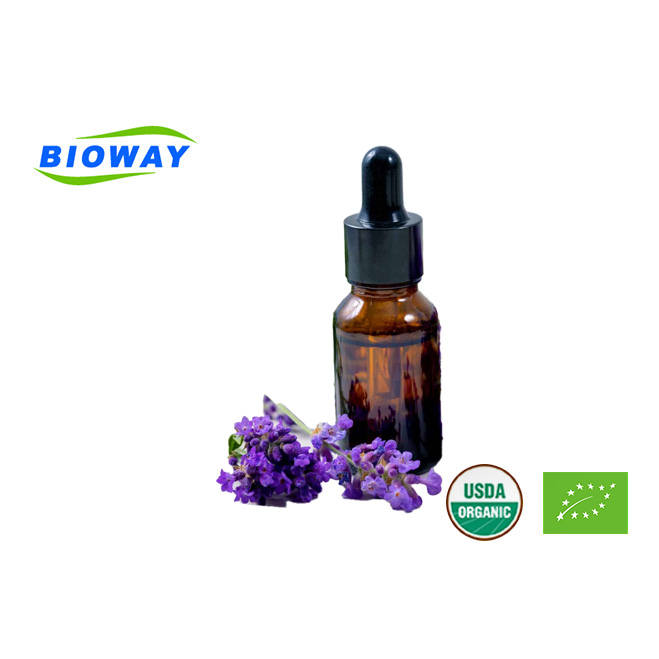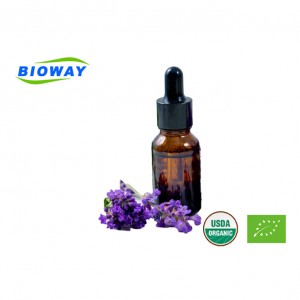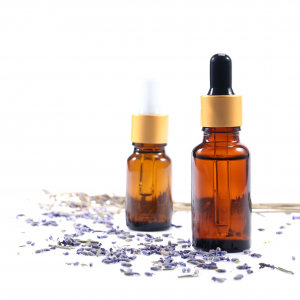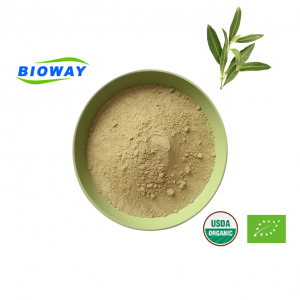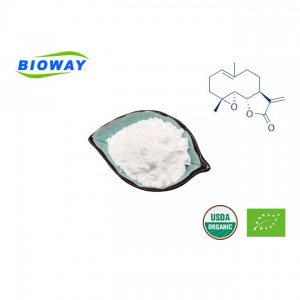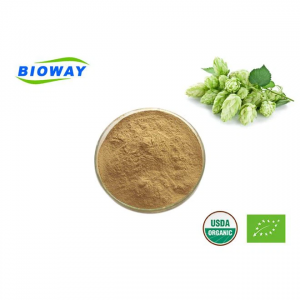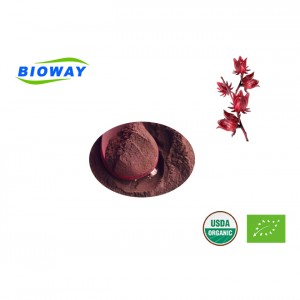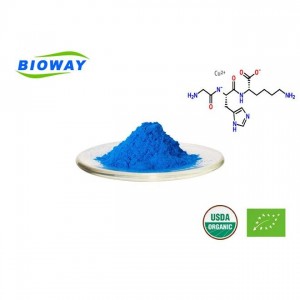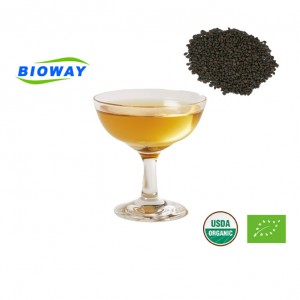Pure Lavender Flower Essential Oil
Pure Lavender Flower Essential Oil is a concentrated liquid extract obtained from the flowers of the lavender plant through a process called steam distillation. Lavender (Lavandula angustifolia) is a fragrant herb that is widely known for its calming and relaxing properties.
The essential oil extracted from lavender flowers contains a unique combination of chemical compounds, such as linalool and linalyl acetate, which give it its characteristic aroma and therapeutic benefits. It is commonly used in aromatherapy, skincare, and natural remedies due to its soothing, rejuvenating, and stress-relieving effects.
Pure Lavender Flower Essential Oil can be used in various ways, including diffusing it in a diffuser or adding a few drops to bath water or massage oil. It is believed to promote relaxation, reduce anxiety, improve sleep quality, help relieve headaches, and even support skin health.
It's important to note that essential oils are highly concentrated and should be used cautiously. It is recommended to dilute them before using topically and check for any potential allergies or sensitivities.
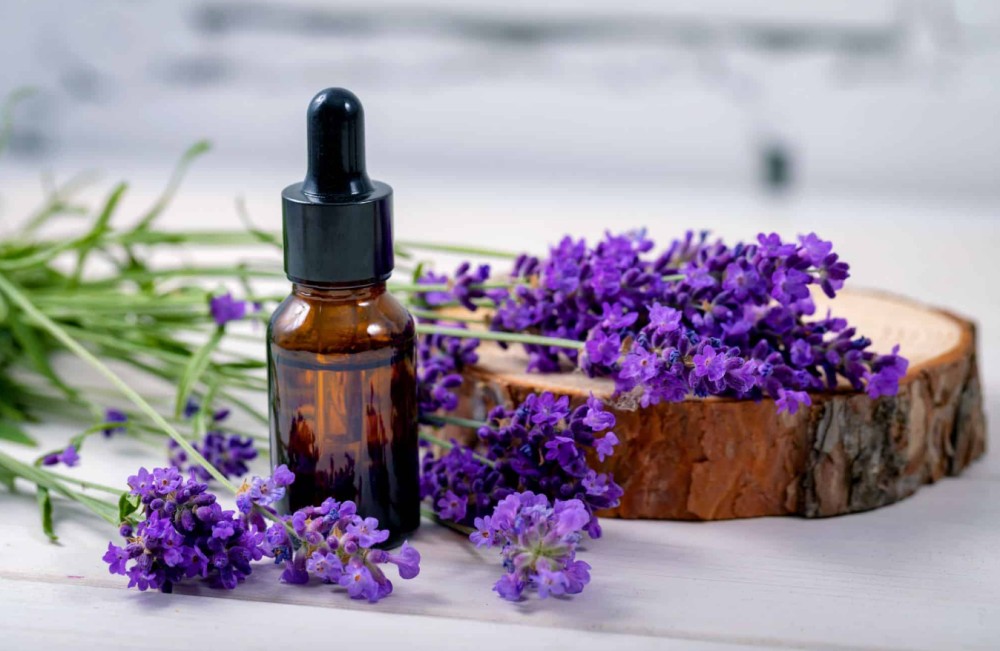
| Test Items | Specifications | Test Results |
| Appearance | Clear, colorless, or pale yellow to yellow oily liquid. | Complies |
| Odor | Characteristic odor | Complies |
| Relative Density (20ºC/20ºC) | 0.878 - 0.892 | 0.891 |
| Refractive Index (20ºC) | 1.455 - 1.466 | 1.458 |
| Optical Rotation (20ºC) | -12.5° - +6.0° | Complies |
| Solubility (20ºC) | Soluble in alcohol and oils; Insoluble in water. | Complies |
| Limonene Content, w/% | 20.0% - 45.0% | 23.7% |
| Linalyl Acetate Content, w/% | 25.0% - 47.0% | 31.5% |
| Heavy Metal Content (Pb)/(mg/kg) | ≤10.0 mg/kg | 1.37 mg/kg |
| Content (As)/(mg/kg) | ≤3.0 mg/kg | 0.56 mg/kg |
Here are some features of Pure Lavender Flower Essential Oil:
1. Relaxation and Calming: Lavender essential oil is well-known for its soothing and calming properties. It can help reduce stress, promote relaxation, and improve sleep quality. Customers can enjoy a moment of tranquility and unwind with the calming aroma of lavender.
2. Versatile Usage: Lavender essential oil can be used in various ways. It can be diffused to create a peaceful ambiance at home or in spaces like yoga studios and spas. It can also be applied topically when diluted with a carrier oil for massages, skincare routines, or to soothe minor skin irritations.
3. Natural Sleep Aid: Lavender is commonly used as a natural remedy for sleep issues. Promote better sleep by recommending customers to diffuse lavender essential oil in their bedrooms or add a few drops to their pillows or bedding before bedtime.
4. Aromatherapy Benefits: Lavender essential oil is extensively used in aromatherapy for its therapeutic benefits. The floral scent of lavender can help uplift mood, reduce anxiety, and create a sense of calm and balance in everyday life.
5. Skin Care Support: The purifying and cleansing properties of lavender essential oil make it a valuable addition to skincare routines. It can nourish and soothe the skin, helping to maintain a healthy complexion. It is particularly beneficial for dry or sensitive skin types.
6. Natural Freshener: Lavender essential oil can be used as a natural air freshener that eliminates odors without the use of harsh chemicals. It can effectively neutralize unpleasant smells and leave a pleasant, long-lasting fragrance.
7. Pure and High-Quality: Emphasize that the lavender essential oil is sourced from high-quality lavender flowers and produced using a steam distillation process to ensure purity and potency. Customers can feel confident that they are purchasing a genuine product with true floral fragrance and therapeutic properties.
Pure Lavender flower essential oil is known for its numerous health benefits. Here are some of the key ones:
1. Relaxation and Stress Relief: Lavender oil has a calming aroma that can help reduce anxiety and stress. It promotes relaxation, helps to ease tension, and aids in achieving a sense of calmness.
2. Sleep Aid: A few drops of lavender oil on your pillow or in a diffuser can promote a restful night's sleep. Its soothing properties help to relax the mind and body, allowing for a deeper and more rejuvenating sleep.
3. Mood Enhancement: The scent of lavender oil has been shown to have a positive impact on mood. It can help uplift your spirits, alleviate mood swings, and promote a sense of well-being.
4. Skin Care: Lavender oil has antiseptic and anti-inflammatory properties, making it beneficial for various skin conditions. It can help soothe and heal minor skin irritations, reduce redness and inflammation, and support overall skin health.
5. Headache Relief: If you suffer from headaches or migraines, applying lavender oil topically or inhaling its aroma can provide relief. It has been known to help alleviate tension headaches and reduce the intensity of migraines.
6. Respiratory Support: Lavender oil is a natural decongestant and can be used to alleviate respiratory issues. It may help clear the sinuses, reduce congestion, and ease breathing difficulties caused by colds, allergies, or respiratory infections.
7. Natural Insect Repellent: Lavender oil has insect-repellent properties, making it a great natural alternative to chemical-based repellents. Its scent can help keep mosquitoes, flies, and other insects at bay.
It's important to note that while lavender essential oil offers many potential health benefits, individual results may vary. It's always recommended to dilute essential oils properly and perform a patch test before using them topically. Additionally, it's advisable to consult with a healthcare professional, especially if you have specific health concerns or are pregnant or nursing.
Here are some popular applications for Pure Lavender Flower Essential Oil:
1. Aromatherapy: Add a few drops of lavender essential oil to a diffuser to create a peaceful and calming atmosphere. Inhaling its soothing aroma can help relieve stress, anxiety, and promote relaxation.
2. Relaxing Bath: Enhance your bath experience by adding a few drops of lavender essential oil to warm bathwater. The calming scent can help soothe both the body and mind, reducing tension and promoting relaxation.
3. Massage Oil: Dilute lavender essential oil with a carrier oil like sweet almond or coconut oil and use it for a soothing massage. The oil's calming properties can help release muscle tension and promote a sense of relaxation.
4. Skincare: Diluted lavender essential oil can be used in skincare routines to help soothe and nourish the skin. It may help reduce redness, irritation, and minor skin conditions. Add a few drops to your favorite moisturizer or mix it with a carrier oil for a facial or body massage oil.
5. Sleep Aid: Lavender essential oil is well-known for its ability to promote restful sleep. Apply a few drops of diluted lavender oil to your pillowcase or use it in a bedtime diffuser to create a calm and sleep-friendly environment.
6. Room Freshener: Mix a few drops of lavender essential oil with water in a spray bottle and use it as a natural room freshener. Spritz the mixture in any room to freshen the air and create a relaxing ambiance.
7. Bug Repellent: Lavender essential oil has insect-repellent properties that make it a natural alternative to chemical bug repellents. Apply diluted lavender oil to exposed areas of the skin to help keep mosquitoes, flies, and other insects away.
Remember to advise customers to properly dilute lavender essential oil before use and conduct a patch test on a small area of the skin to check for any potential allergies or reactions.
Here is a simplified flowchart outlining the production process for pure lavender flower essential oil:
1. Lavender Harvesting: Mature lavender flower stalks are carefully harvested, usually early in the morning before the sun becomes too intense. This is done to ensure that the flowers are at their peak oil content.
2. Flower Drying: The freshly harvested lavender flowers are dried in a well-ventilated area to remove excess moisture and prevent the growth of mold or bacteria. This can be done by hanging the flower stalks upside down or using specialized drying racks.
3. Flower Distillation: Once the lavender flowers are fully dried, the next step is to extract the essential oil through a process called steam distillation. The flowers are placed in a distillation chamber where steam is passed through them, causing the essential oil to evaporate.
4. Condensation: The steam that contains the evaporated essential oil enters a condensation system where it is cooled. As a result, the steam converts back into liquid form, mixed with water, and separates from the essential oil.
5. Separation: Since essential oils are lighter than water, they float on the surface of the condensed liquid. This layer of essential oil is carefully collected and separated from the water.
6. Filtration: The collected essential oil is then filtered to remove any impurities or plant material that may have been carried along during the distillation process.
7. Bottling: The purified lavender essential oil is transferred into appropriate containers, usually dark-colored glass bottles, to protect it from sunlight and extend its shelf life. Proper labeling and quality control measures are implemented at this stage.
8. Quality Assurance: To ensure the highest quality of lavender essential oil, it is often tested for purity, aroma, and chemical composition. This can be done in-house or through independent third-party testing.
9. Packaging and Distribution: Finally, the bottles of pure lavender essential oil are packaged and labeled for distribution. They may be sold directly to consumers, utilized by aroma therapists, or incorporated into various skincare, personal care, or home fragrance products.
It's important to note that the exact production process may vary slightly depending on the manufacturer and the specific equipment used. However, these general steps reflect the typical process involved in producing pure lavender flower essential oil.
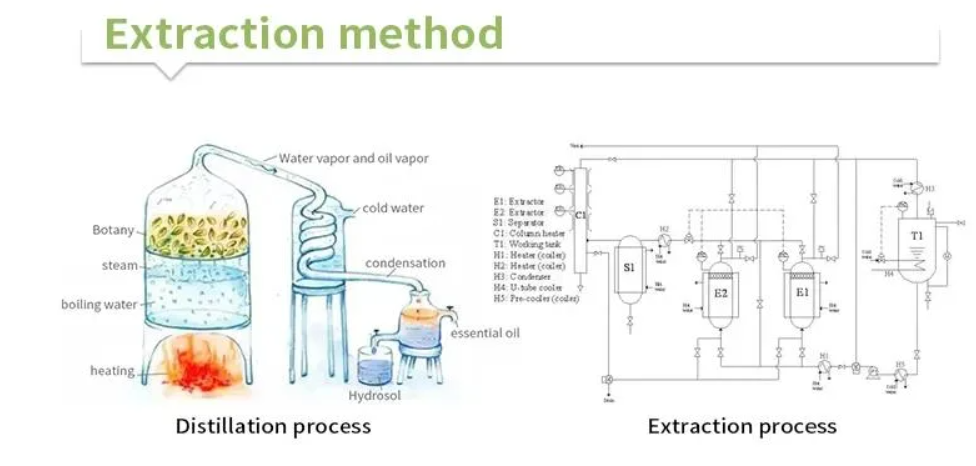
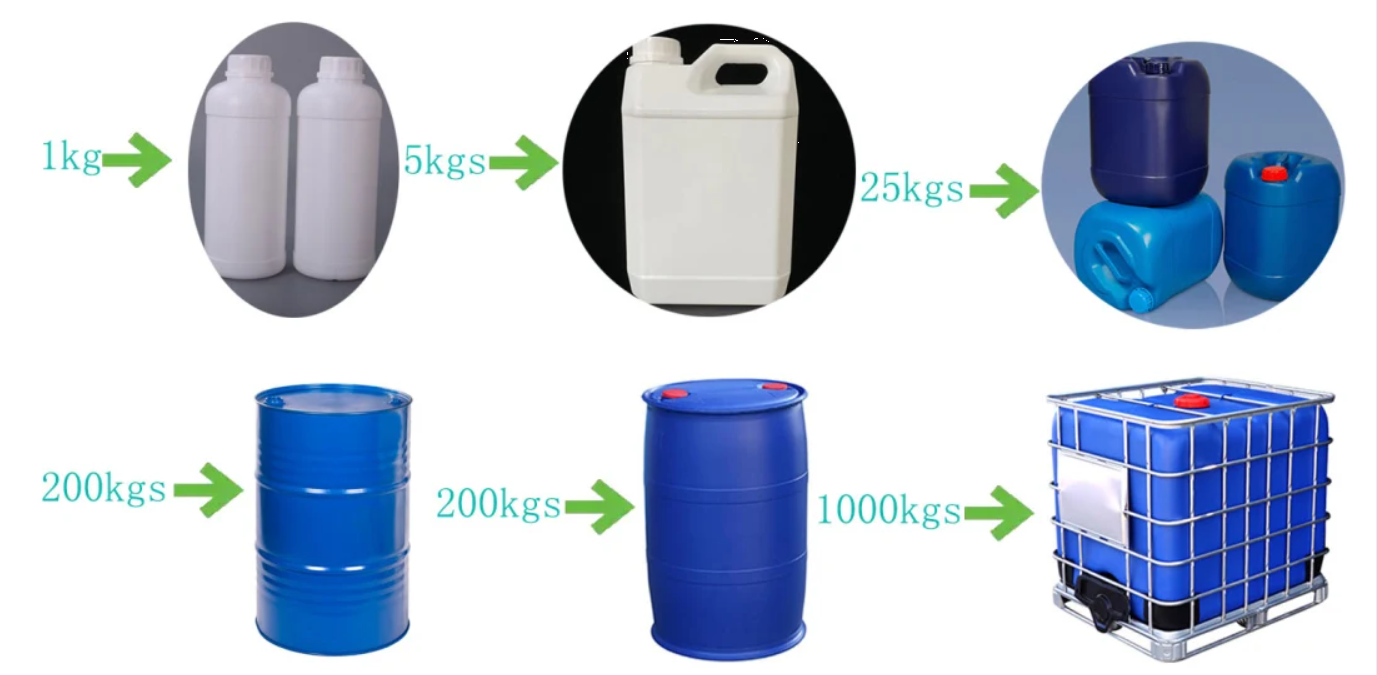
Express
Under 100kg, 3-5Days
Door to door service easy to pick up the goods
By Sea
Over300kg, Around 30 Days
Port to port service professional clearance broker needed
By Air
100kg-1000kg, 5-7Days
Airport to airport service professional clearance broker needed

Pure Lavender Flower Essential Oil is certified by ISO, HALAL, KOSHER, and HACCP certificates.

To determine if lavender oil is pure, here are a few guidelines you can follow:
1. Check the label: Look for labels that indicate 100% pure lavender essential oil. Avoid products that contain additional ingredients or fillers.
2. Read the ingredients: Pure lavender oil should only have one ingredient listed – Lavandula angustifolia or Lavandula officinalis (the botanical names for true lavender). If there are any other ingredients listed, it may not be pure.
3. Smell and appearance: Genuine lavender oil has a sweet, floral, and herbaceous aroma. If the oil smells synthetic, overly strong, or has a chemical-like scent, it may not be pure. Pure lavender oil is also colorless to pale yellow in appearance.
4. Buy from reputable brands: Purchase lavender oil from trusted brands that have a history of producing high-quality essential oils. Research the company and check customer reviews to ensure their products are pure and authentic.
5. GC-MS Testing: Some manufacturers or suppliers perform Gas Chromatography-Mass Spectrometry (GC-MS) testing to analyze the chemical composition of their oils. This testing can help identify any impurities or adulterants present in the oil.
6. Price: Pure essential oils, including lavender oil, can be expensive due to the labor-intensive and time-consuming production process. If the price seems too good to be true, it's possible that the oil may be diluted or adulterated.
7. Personal experience: If you have used high-quality lavender oil before, you can rely on your past experiences and knowledge of the authentic aroma and effects of pure lavender oil to identify its quality.
It's worth noting that while these guidelines can help you assess the purity of lavender oil, they are not foolproof. Adulteration and mislabeling can still occur, so it's important to buy from reputable sources and brands you trust.
When it comes to lavender varieties, Lavandula angustifolia, also known as English lavender, tends to have the strongest scent. It has a sweet, floral, and herbaceous aroma that is highly sought after. Other lavender varieties, such as Lavandula x intermedia (lavandin) and Lavandula stoechas (Spanish lavender), may have a more intense scent, but their fragrance can differ from the classic lavender scent. Lavandula angustifolia is commonly used in aromatherapy, perfumes, and various skincare and household products for its potent and aromatic qualities.
While lavender essential oil is generally considered safe and beneficial, there can be some potential disadvantages to its use. It's important to note that these disadvantages may vary from person to person and depend on individual sensitivities or conditions:
1. Skin Sensitization: Lavender essential oil is generally considered safe for topical use, but like any essential oil, it can cause skin sensitization or allergic reactions in some individuals. It's always recommended to perform a patch test before applying it directly to the skin and to dilute it with a carrier oil.
2. Hormonal Effects: Lavender essential oil contains certain compounds that have been suggested to mimic estrogen. There is limited research suggesting that lavender may disrupt hormone balance or stimulate estrogen production, but this is mainly seen in high concentrations and long-term use. If you have hormone-related conditions or are pregnant or breastfeeding, it's best to consult with a healthcare professional before using lavender oil topically or internally.
3. Photosensitivity: Some essential oils, including certain types of lavender, can increase skin sensitivity to sunlight, which may lead to sunburn or skin discoloration. This reaction, known as photosensitivity, is more likely to occur with Citrus essential oils, but it's always prudent to avoid sun exposure for at least 12-24 hours after using lavender oil topically.
4. Potential Drug Interactions: Lavender essential oil may interact with certain medications, especially those that have sedative effects or are used for the central nervous system. It's recommended to consult a healthcare professional if you are taking any medications to ensure there are no contraindications.
5. Toxicity: While lavender oil is generally safe, excessive consumption or inhalation of lavender oil can be toxic. Always follow the recommended dosage guidelines and use it in moderation.
Overall, lavender essential oil is considered safe for most people when used properly. However, individual sensitivities and considerations should be taken into account, and it's always advisable to consult a healthcare professional or aromatherapist before using lavender oil, particularly for medical purposes or if you have any underlying health conditions.

